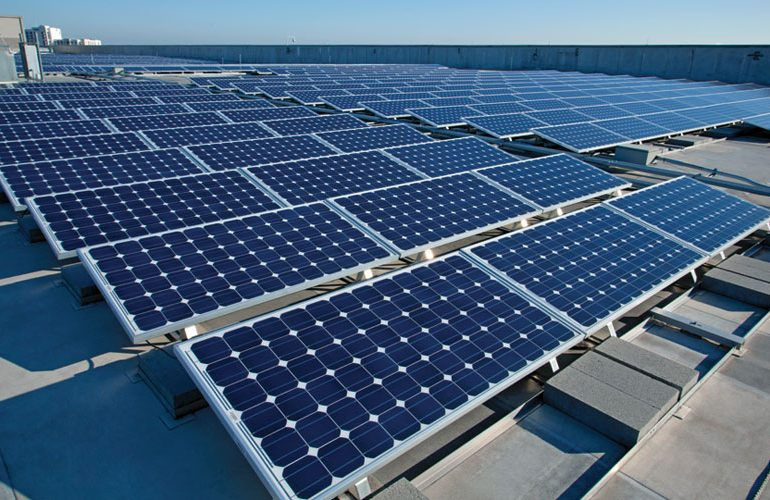Top Solar Energy Trends Expected in 2024
- Reon Energy
- Jul 22, 2024
- 2 min read
With more and more customers embracing solar technologies, the cost of creating and purchasing them has fallen. Solar technology adoption has a cyclical and exponential trend, with prices falling with mass adoption, leading to more businesses implementing solar technology. The solar evolution has been a great thing for the best solar company in Pakistan, Reon Energy.
As the trend continues, it will continue to grow strong through 2024. In order to continue research and development in solar, there is more than enough demand. The cost of solar will continue to be affected by market forces, including competition between providers. The solar industry will also continue to offer tax credits in some developing countries for some time to come.
The Durability of the Solar Energy will Grow Exponentially
It is equally important that the technology in question is reliable in order to maintain market demand and drive development. In the early days of solar technology, they were not necessarily as robust and certainly not as effective as they could have been.
The durability and effectiveness of solar technology will continue to improve as development continues, making them more attractive to consumers. Larger businesses can benefit from this improvement, since their maintenance costs can be much higher than their smaller counterparts. These improvements will, of course, lead to a rise in sales that will result in lower costs, which will lead to an increase in sales even more.
Limitless Career Options
It is impossible to imagine solar technology existing in a vacuum. Despite the fact that there are solar products that are easy to purchase and use by the average consumer without any expert knowledge, solar installations are quite different. The situation is even worse when it comes to solar installations in businesses. Installers, repairers, and maintenance professionals are in high demand as solar demand increases.
Use of Solar In Infrastructure
As solar technology continues to become more affordable, the benefits become more apparent for larger infrastructure. In comparison to the traditional method of running wires under the ground to illuminate large areas, such as parking lots and industrial complexes, solar lighting is more efficient and cost-effective. It is likely that we will begin to see more large infrastructure projects using solar in the future as the cost of solar panels decreases and the installation process becomes less disruptive.
Conclusion
With 2025 just around the corner, we can expect the pace of solar energy to continue to increase over the next year. The higher durability and lower costs of solar technologies will allow for the larger projects, which can change how we think about energy production and take years to complete, to start coming to fruition.




Comments